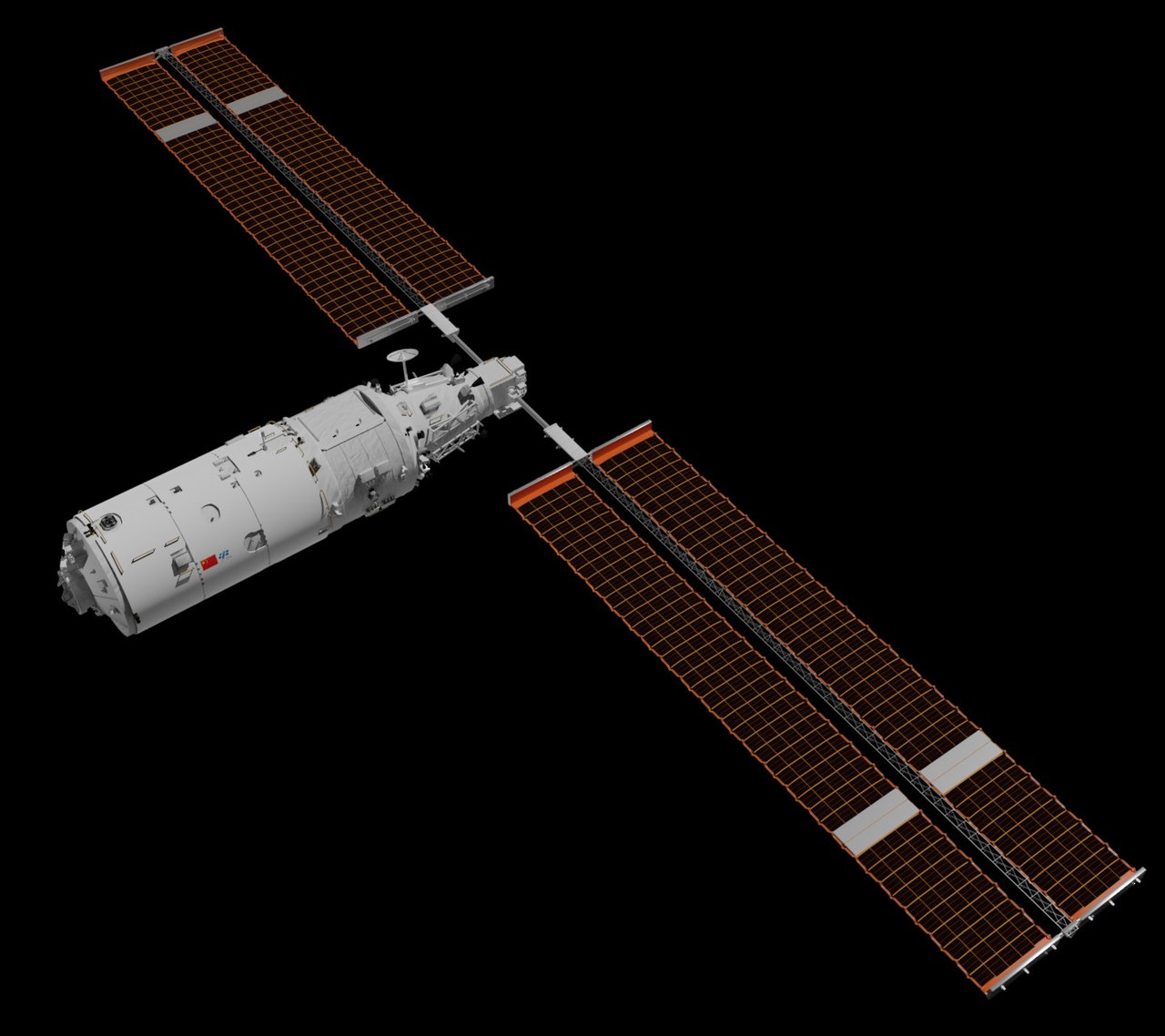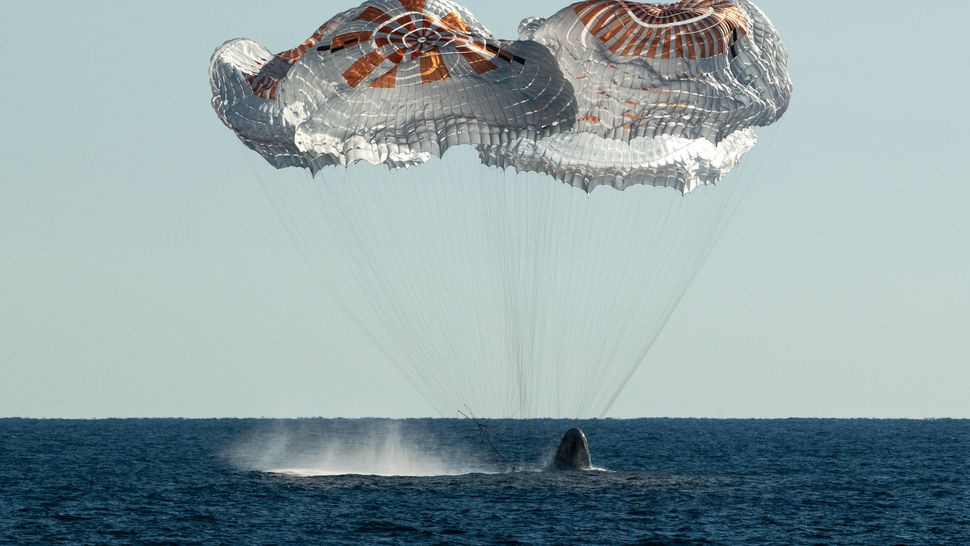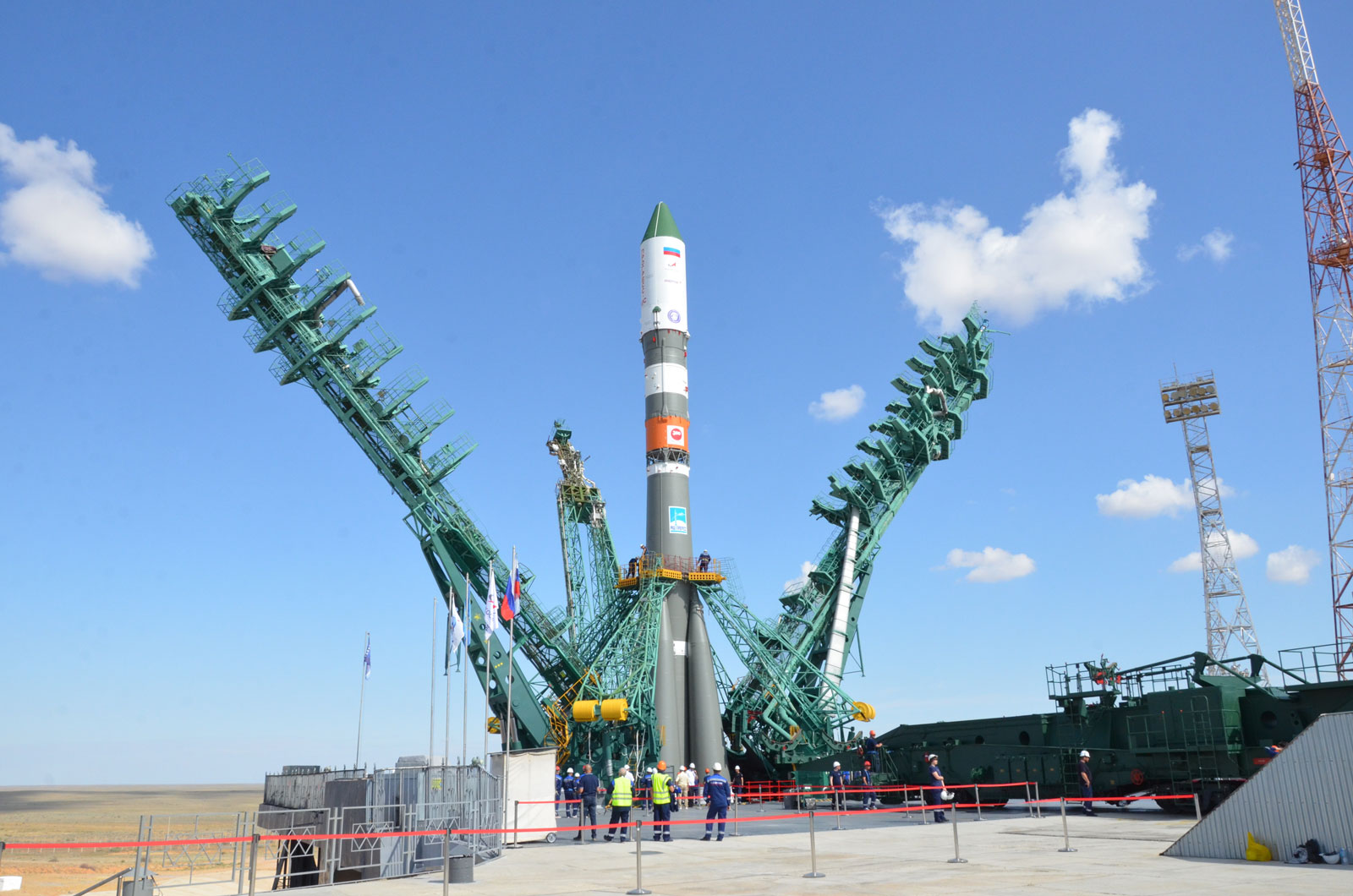· space brief · 5 min read
Space Brief 2 Nov 2024
Today's brief covers a historic milestone for China's space program, the decoding of a simulated alien signal, innovative solutions to address satellite air pollution, and industry shifts driven by major investments and contracts.

📄Top Stories
China’s Shenzhou 19 mission marks a symbolic and youth-driven transition at the Tiangong space station while expanding China’s scientific endeavors in space. A simulated alien message from Mars has been decoded, highlighting unique collaborations between scientists and citizens. The growing impact of satellite reentries on Earth’s atmosphere has researchers proposing multiple innovative solutions. Meanwhile, Globalstar benefits from Apple’s substantial investment, and the U.S. military partners with companies for GPS redundancy.
📰Detailed Coverage
Handing Over the Keys: China’s Shenzhou 19 Ascends to Tiangong
The Shenzhou 19 mission has successfully launched, transferring space station responsibilities at Tiangong from the Shenzhou 18 crew. The ceremonial handover included China’s first astronaut to reach 365 cumulative days in space, passing leadership to the Shenzhou 19 team. This young crew will oversee 86 scientific projects, focusing on cutting-edge space experiments and extravehicular activities.
Embarking on a six-month stint, the Shenzhou 19 astronauts are set to contribute significantly to China’s growing presence in space. Their expedition supports China’s interest in enhancing Tiangong with new scientific modules and accolades, underpinning efforts to maintain a competitive stance in Asia’s space race.
Read the full story: Space.com
Cracking the Code: A Trailblazing Mars Signal Decoded
A father-daughter team has successfully decoded a complex message from Mars, part of an artistic initiative by ESA’s ExoMars project designed to simulate the decoding of alien transmissions. This initiative aims to prepare humanity for potential extraterrestrial communication, showcasing how art intersects with science to stimulate public engagement.
The year-long effort to decode the signal underscores the dedication required for such extraterrestrial interpretations. This experiment benefits our understanding of how data from space is processed, potentially enhancing satellite communication techniques.
Read the full story: Space.com
Addressing Satellite Pollution: Innovations for a Cleaner Orbit
As satellite launches increase, concerns over air pollution from their reentry have spurred discussions on sustainable practices. Scientists propose recoverable satellites, space debris recycling, engineered reentries, and novel materials to mitigate atmospheric damage from satellite ash.
Such innovations promise to reshape satellite disposal strategies, balancing technological advancement with environmental stewardship. These proposals align with satellite operators’ interests in managing space debris while minimizing ecological footprints, highlighting the role of our web app in monitoring these developments.
Read the full story: Space.com
Apple Infuses $1.5 Billion into Globalstar: Satellite Market Impact
Globalstar’s stock surged following Apple’s announcement of a $1.5 billion investment to enhance iPhone communication capabilities via satellite. This investment underscores the increasing synergy between consumer technology and space-based systems, driving subtle shifts in telecommunications infrastructure.
Globalstar’s enhanced satellite constellation will enable more robust communication services, highlighting how direct investments from tech giants can accelerate advancements in satellite technology and market dynamics.
Read the full story: SpaceNews
Satellite Resilience Contract: U.S. Military Backs Astranis for GPS
Astranis has secured a substantial contract to develop a resilient GPS system for the U.S. military, ensuring stable global positioning against potential disruptions. This $8 million initiative reflects growing military interest in fortified satellite networks and redundancies.
Such developments highlight the strategic importance of maintaining robust global navigation systems, integral to defense operations and mobile communications—a salient aspect our app continuously tracks for users’ needs.
Read the full story: SpaceNews
🛰️Satellite Spotlight
- Satellite Name: COSMOS 644
- NORAD ID: 07268
- Launch Date: 1974-024D
- Mission: COSMOS 644, part of the Russian Strela-1 series, was used for military communication purposes.
- Orbit: Inclination 74.0155°, Period 113.95 minutes, Eccentricity not specified
- Operator: GUKOSR
- Fun Fact: This satellite forms part of the legacy of the Strela series, enhancing secure communications for the Soviet military during the Cold War era.
Current TLE Data:
1 07268U 74024D 24305.44690511 .00000023 00000-0 21297-3 0 99993 2 07268 74.0155 104.8071 0093711 124.8494 236.1422 12.63679106330682
Track this satellite in real-time on our web app: Track COSMOS 644
🚀Upcoming Space Launches
November 3
- SpaceX Falcon 9 Block 5:
- Starlink Group 6-77 from Cape Canaveral Space Force Station, FL, USA (21:57 UTC) A batch of satellites for the Starlink mega-constellation – SpaceX’s project for a space-based Internet communication system.
November 4
- Mitsubishi Heavy Industries H3-22:
- DSN 3 (Kirameki 3) from Tanegashima Space Center, Japan (06:48 UTC) A geostationary communications satellite for military communications by the Japanese military.
- Rocket Lab Electron:
- Changes In Latitudes, Changes In Attitudes from Rocket Lab Launch Complex 1, Mahia Peninsula, New Zealand (10:30 UTC) Launch of a yet-to-be-identified satellite to SSO for an undisclosed customer.
- Soyuz 2.1b/Fregat-M:
- Ionosfera-M 1 & 2 from Vostochny Cosmodrome, Siberia, Russian Federation (23:18:40 UTC) Ionosfera is a constellation of research satellites developed for ionospheric and magnetospheric studies by Roscosmos.
November 5
- SpaceX Falcon 9 Block 5:
- Dragon CRS-2 SpX-31 from Kennedy Space Center, FL, USA (02:29 UTC) 31st commercial resupply mission to the International Space Station, includes critical materials for science and research investigations.
- SpaceX Falcon 9 Block 5:
- Starlink Group 9-10 from Vandenberg Space Force Base, CA, USA (07:46 UTC) A batch of satellites for the Starlink mega-constellation – SpaceX’s project for a space-based Internet communication system.
November 7
- SpaceX Falcon 9 Block 5:
- Starlink Group 6-69 from Cape Canaveral Space Force Station, FL, USA (22:46 UTC) A batch of satellites for the Starlink mega-constellation – SpaceX’s project for a space-based Internet communication system.
November 21
- Soyuz 2.1a:
- Progress MS-29 (90P) from Baikonur Cosmodrome, Republic of Kazakhstan (12:22 UTC) Progress resupply mission to the International Space Station.
November 30
- Soyuz 2.1a/Fregat-M:
- Kondor-FKA No.2 from Vostochny Cosmodrome, Siberia, Russian Federation (00:00 UTC) The Kondor-FKA is a small civilian radar Earth observation satellite.
- Galactic Energy Ceres-1:
- Unknown Payload from Jiuquan Satellite Launch Center, People’s Republic of China (00:00 UTC) Details TBD.
Note: Launch dates and times are subject to change due to technical or weather considerations.





